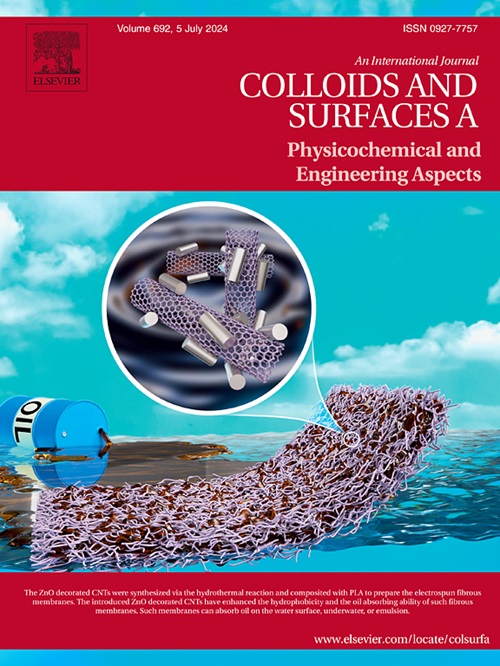粒度设计:实现复杂外用药物产品评估测量的标准化
IF 5.4
2区 化学
Q2 CHEMISTRY, PHYSICAL
Colloids and Surfaces A: Physicochemical and Engineering Aspects
Pub Date : 2024-10-30
DOI:10.1016/j.colsurfa.2024.135679
引用次数: 0
摘要
药物物质和剂型的物理化学和生物制药特性受粒度的影响很大。然而,不同方法产生的等效粒径的多样性给粒度分析带来了根本性的挑战。本研究旨在通过自动显微镜(AM)和激光光衍射(LD)技术,开发一种 "通过设计提高分析质量"(AQbD)的方法,以准确评估复杂制剂--丙酸氯倍他索(CP)0.5 mg/g 乳膏--的粒度。此外,还利用拉曼光谱测定配方颗粒的化学成分。在 AQbD 方法中,先验知识被用于构建石川图和估计失效模式及影响分析 (FMEA)。这些方法是根据 ICH Q8-Q10 和 ICH Q14 指南开发的,并根据 ICH Q2、ISO 13320:2020 和 EP2.9.31./USP<429> 进行了验证。结果表明,设计粒度时必须在两种技术之间做出权衡:LD 的通量更高,数值更精确,但牺牲了峰值分辨率和展宽;AM 的变异性更高,但在粒度和粒形分析方面提供的信息更可靠。经过验证的方法成功地证明了 AQbD 方法在粒度定义方法中的应用。本文章由计算机程序翻译,如有差异,请以英文原文为准。
Particle size by design: Standardizing measurements for complex topical drug product assessment
The physicochemical and biopharmaceutical properties of drug substances and dosage forms can be significantly influenced by particle size. However, the diversity of equivalent particle diameters generated by different methods poses a fundamental challenge in particle size analysis. This study aimed to develop an Analytical Quality by Design (AQbD) approach to accurately assess the particle size of a complex formulation – clobetasol propionate (CP) 0.5 mg/g cream – through automated microscopy (AM) and laser light diffraction (LD). Additionally, Raman spectroscopy was utilized to determine the chemical composition of the formulation particles. In the AQbD approach, prior knowledge was considered for the construction of the Ishikawa diagram and estimate failure mode and effects analysis (FMEA). The methods were developed following the ICH Q8-Q10, and ICH Q14 guidelines, and validated according to ICH Q2, ISO 13320:2020, and EP2.9.31./USP<429>. Results indicate that a trade-off between the techniques must be established for a particle size by design: while LD offers higher throughput and more precise values at the expense of peak resolution and broadening, AM has higher variability but more reliable information in terms of size and shape analysis. The validated methods successfully demonstrated the implementation of an AQbD method in the definition of particle size methods.
求助全文
通过发布文献求助,成功后即可免费获取论文全文。
去求助
来源期刊
CiteScore
8.70
自引率
9.60%
发文量
2421
审稿时长
56 days
期刊介绍:
Colloids and Surfaces A: Physicochemical and Engineering Aspects is an international journal devoted to the science underlying applications of colloids and interfacial phenomena.
The journal aims at publishing high quality research papers featuring new materials or new insights into the role of colloid and interface science in (for example) food, energy, minerals processing, pharmaceuticals or the environment.

 求助内容:
求助内容: 应助结果提醒方式:
应助结果提醒方式:


